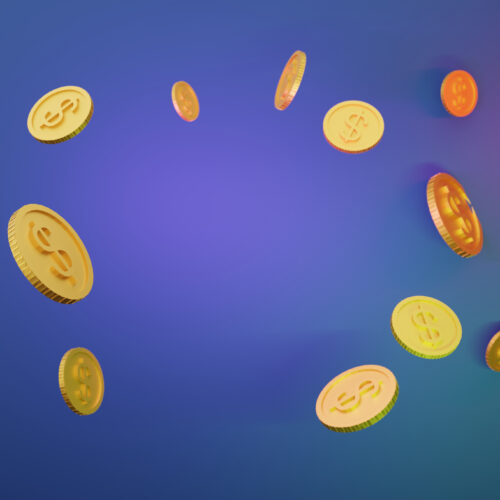A self-made millionaire who 'hates real estate' shares the investment strategy he used to get in without having to manage property

Courtesy of Brennan Schlagbaum
- Brennan Schlagbaum has zero interest in managing properties but wants exposure to real estate.
- His solution is to invest in real estate syndications, which are completely hands-off.
- This is when a group of investors pool capital to purchase a single investment.
Brennan Schlagbaum recognizes the advantages of real estate — from the tax benefits to portfolio diversification — but he's not willing to buy and manage an investment property.
He says he has his hands full with simply maintaining a primary residence: "I hate real estate with a passion. If something breaks in my house, I call somebody."
To benefit from real estate without having to actually own and operate properties, he invests in real estate syndications.
"I think it's one of the best ways for somebody that hates real estate but understands the tax benefits of real estate to get in because you don't have to do anything," the self-made millionaire and founder of Budgetdog, who built his wealth primarily investing in low-cost index funds, told Business Insider.
How real-estate syndications work
In real-estate syndication deals, a group of investors pools together their capital to purchase a single property managed by the syndicator.
Once the investor contributes capital, their role in the deal becomes completely passive. The real-estate syndicator is responsible for finding the deal, executing the transaction, and, ultimately, delivering returns to the investors.
"You lose control from that aspect. You don't really have control over how that performs," said Schlagbaum, who said he invests in five multi-family syndications. But if you work with a syndicator with a good track record that you trust, "it's essentially an index fund."
He invests with a syndicator that specializes in multi-family properties.
"They go in, upgrade the units, increase rent prices in a really high-demand area that's underpriced, own and operate that building for a couple of years, and then typically sell it after a three- to five-year period, sometimes up to seven," he explained. "And you don't do anything as an investor; you're just an equity partner. So you literally send some capital their way and hope they do their job."
A good option for established investors looking for hands-off strategies
BI has spoken to a variety of established investors who, after building wealth by acquiring rental properties, are turning to syndication deals for a more passive experience.
"You hear that real-estate investing is passive, and that's certainly not been my experience," said self-made millionaire Tess Waresmith, who owns five units across three properties. "I still think it's a wonderful way to invest, but it's not passive like investing in the stock market is."
She invested in her first syndication in 2023 and likes that it opens the door to bigger investment opportunities.
"I check out the deal and make sure it's something that feels good to me, and then when I invest the money, I'm hands-off. I'm not involved in the day-to-day decision-making of the property," she said. "But as an investor, I get to benefit from investing in the larger unit properties."
Carl and Mindy Jensen, a financially independent couple who have started shifting toward passive-investing strategies, including real estate syndication, also appreciate the hands-off nature of these deals. But it's hard to know what your returns will look like, Carl told BI: "The people running these syndications will tell you they're expecting numbers, and it's infrequently accurate."
It's important to remember that the syndicator is "probably using their best, sunny-day scenarios." That said, "every syndication we've had has actually outperformed the original numbers."
To participate in this type of partnership, you typically have to be an accredited investor, meaning you either must have a net worth of over $1 million or an income of over $200,000 (individually) over the past two years. There's also typically a minimum investment requirement, depending on the syndicator.
But there are workarounds, said Schlagbaum, especially if you're part of a real-estate community or network.
Investors who are part of the community he's built, for example, don't necessarily have to be accredited to participate, since "the SEC deems pre-existing relationships allowable," he said. "They just get access to the deal because they know me."
Sometimes, "Getting around those hurdles is just knowing the right people."



















